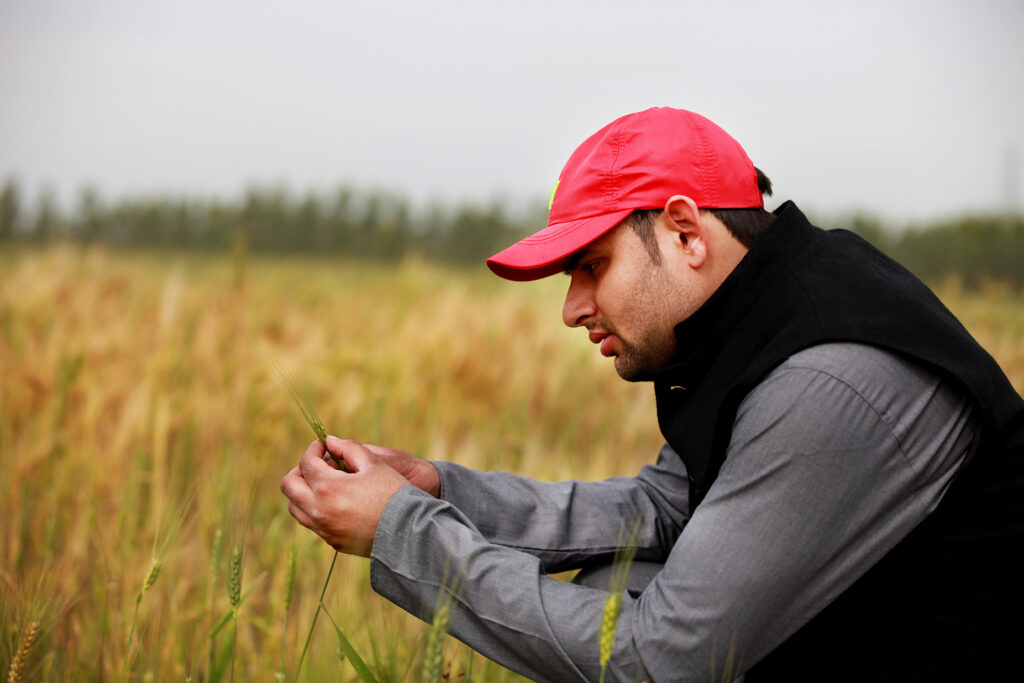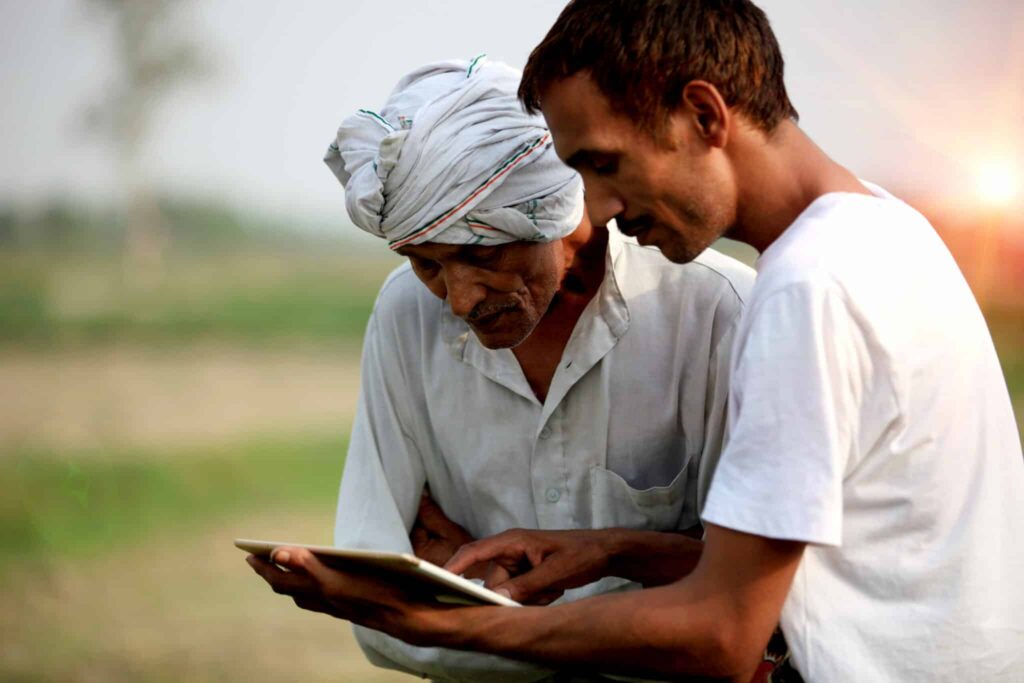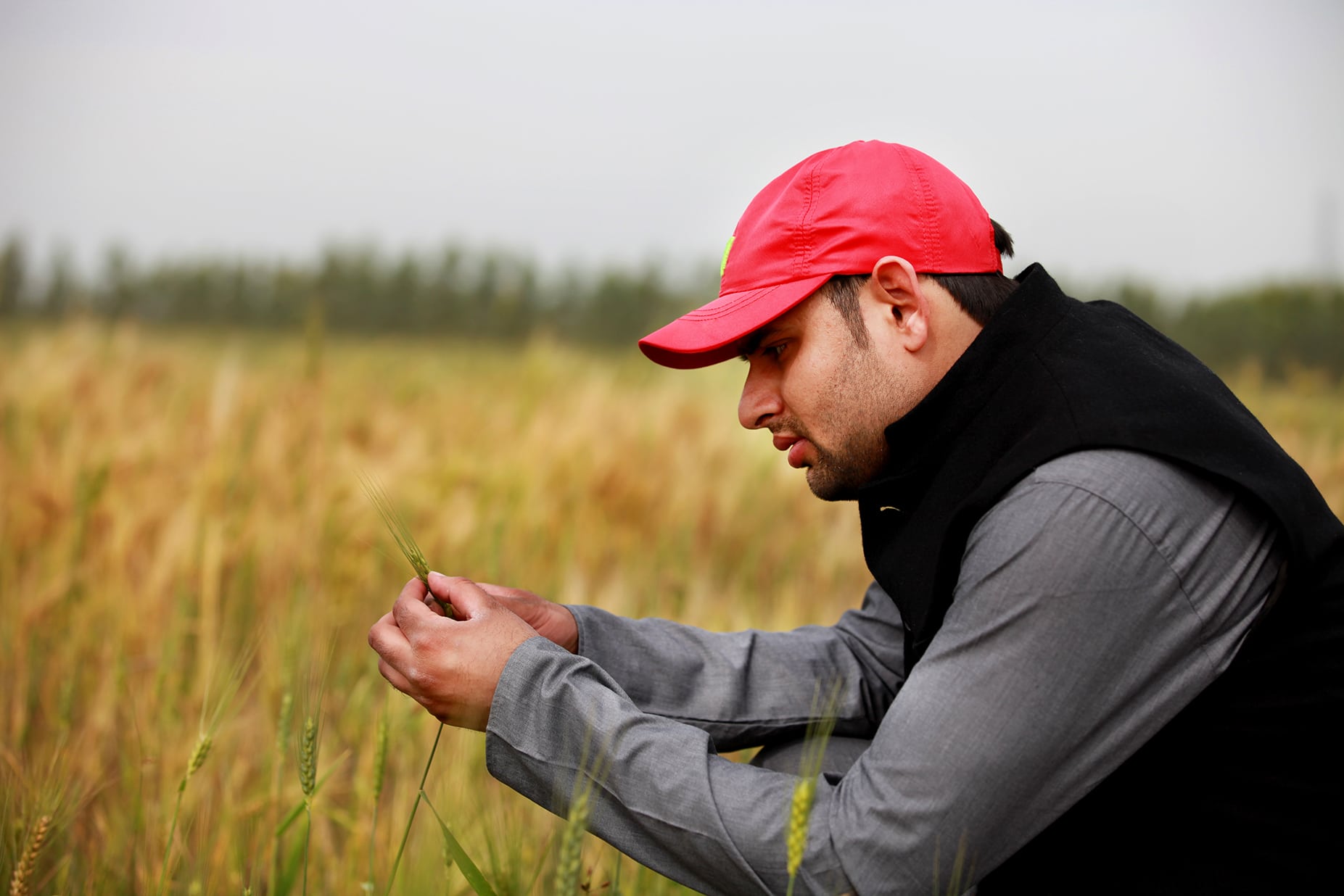
By Michelle Klieger
Mr. Shivendra Bajaj is the Executive Director of Federation of Seed Industry of India. On February 19, 2020, Mr. Bajaj posted an article on LinkedIn titled, “Career choices in Agriculture“. Seed World PRO followed up with Mr Bajaj to dive deeper into his article, providing the PRO audience a unique perspective into India’s agricultural and technological revolution, focused on five main areas: the internet of things (IoT), agricultural engineering, biotechnology, hydrology, and agricultural economics.
Seed World Pro (SWP): In many places around the world, people are leaving on-farm work and looking for jobs in the city. Is India experiencing this same migration?
Shivendra Bajaj (SB): Yes, and India is no exception. Farming in India is mostly dependent on traditional farming practices and may not be as profitable as other countries. It may be even more severe as average land holdings in India are extremely small, therefore the profits are very minimum. The farm workers, as well as the labor, who do not have much land, are seen migrating towards the city. The government has been trying to make the situation better by encouraging farmers to look to increase their income from other sources such as on-farm processing or small-scale entrepreneurship, and with more penetration of technology, it will enable them to choose farming as a career option.
SWP: What role does technology play in agriculture right now?
SB: India is picking up with rest of the world on the adoption of technology in agriculture. It has rightly realized that the technology suitable for large scale commercial farms may not be adopted as is, and there is a need for local ingenuity in technology to support the need for small-scale farmers. With the innovative solutions brought by the start-ups in the agricultural sector, a lot of integration has been observed in post-harvest management, mechanisation, processing and AI. Technology is integral for the growth of the agri sector. Specially for the farmers to increase their income, profits, and get the benefits provided by the government since every sector is moving towards digitisation.
India is picking up with rest of the world on the adoption of technology in agriculture.
SWP: Are young people aware of the role of AI and IoT in agriculture? In the United States, farmers are thought of as traditional and out of touch with technology. Most people are shocked to know that there are driverless tractors available.
SB: Yes, the internet and penetration of smartphones in rural India has made adoption of technology much easier and faster. Farmers may not be talking about driverless tractors, but they are slowly moving to drone technology. The use of social media groups and smartphone applications has helped to develop several local solutions such as weather forecasting, soil testing, price movements, equipment available for hire, post-harvest management, etc. As said above, India mostly has small and medium land holding farmers and farm mechanisation is expensive, therefore, though they are aware of the technologies, they do not have the adequate finances to adopt it. However, progressive farmers with large land holding are tech savvy and use technology to the full potential.

SWP: Diving deeper into agricultural engineering – what problems are the most important for engineers to address? How will big data improve on-farm productivity? Do you think that big data will be used to better select seed varieties or improve yield?
SB: As said above, the use of social media and smartphone applications has tremendous penetration in Indian farmers now. So any advances in data collection, analysis and enabling to use practically will have a big impact. Many start-ups are or will be relying on big data to provide solutions to the farmers especially that can provide advance forecasts of weather and price movements so farmers can switch to a relevant crop to sow and maximize their profits. Both local and multinational organizations have been investing significantly in big data to develop new seed varieties that especially will be more suitable to adopt with the climate change, provide insurance against any weather adversity and improve yield. Indigenous solutions need to be encouraged.
While planning, selecting, growing and selling have been explored and included in big data, however, technology support right now is moving slow for mapping and data collection in remote areas. Also, there is not enough segmentation of areas to get specific data of a particular region.
SWP: Are students studying agricultural biotechnology in school? Do you think biotechnology is a critical piece of the puzzle in order for farmers to meet the food demands of a growing population? Can the seed industry continue to produce seeds that meet farmers’ demands without biotechnology?
SB: This is a very significant challenge right now given the policy and regulatory scenario in India on the approval of biotech crops. With the acceptance and expansion of insect resistant Bt cotton in India, there was a big surge in the investment in the agricultural biotech sector and students studying agricultural biotechnology in India. However, post moratorium of Bt Brinjal in 2010 and subsequent delay in GM mustard approval, things have become worse. With successive government policies since then not favorable for biotech, there has been significant drop in investment in ag-biotech research in India by the private sector with both local and multinational organizations scaling down or completely shutting down biotech research. It had a direct negative impact on the employability of the graduates with these qualifications and enrolling for biotech in agricultural institutions. It is a critical issue as India was one of the few countries in the world which had the human resource to develop local agricultural biotech solutions and we are fast losing that advantage. Agricultural biotechnology is still part of a basic curriculum in schools and universities though.
The seed industry is trying its best to meet farmer demands by producing seeds through conventional technology. The acceptance of hybrid seeds among the farmers has kept more or less with the demand. However, there is an urgent need of adoption of new innovations to give a significant boost to the demand. Innovations like gene editing will be very useful to produce better seed. It will be very interesting to see the government of India’s position on that and with the changing weather pattern and climate change biotechnology is the only answer to support the food security.
SWP: Do you think that treating a farm like a business is new? How can farmers start to adjust their thinking? Where do seeds fit into this equation? Do farmers treat seeds as a high-value input and measure their return on investment (ROI)?
SB: This is also a very important question. Farming is seen as a way of life by many and not as a business. In recent times, more and more farmers are treating farming as business but there are many organizations whose thought process is still that farming is a way of life and paying for seeds to the seed companies every year is not OK even if that enhances crop production significantly. Seed is the most sensitive component in the entire equation. It is seen by many organizations that farmers should have the right to save seed and the availability of seed at no or little cost is farmer right. It is interesting to know that in actuality farmers do not mind paying for seeds as long as it is profitable, so most farmers do not see seed has high value input and are willing to spend money on buying seeds. In fact, hybrid seeds of many varieties are sold out while farmers do not plan varieties that are available for free or at low cost.
farmers do not mind paying for seeds as long as it is profitable, so most farmers do not see seed has high value input and are willing to spend money on buying seeds.
SWP: It sounds like water like soil is a scarce resource that people need to be mindful of. Do you think that a better understanding of hydrology will help plant breeders select drought-resistant varieties? Or will these two scientific areas complement each other?
SB: I believe hydrology is a very complex area for a plant breeder and since a plant breeder has to observe multiple stages of developing a trait, it is best that both hydrologist and the plant breeder work in collaboration. I do not think that the seed industry has employed staff with such expertise. But breeders are continuously working to develop drought-resistant varieties and make use of the data that’s available.
SWP: I’m glad to see that agricultural economics made your list. As an agricultural economist myself, I think applying these principles at all levels of agricultural products is essential. Our interconnected world makes the system more flexible. A drought in one place can be offset by a surplus of production in another country. Do you see trends for increased globalization moving forward?
SB: In India, import is a short-term fix and we rely more on self-sufficiency even if import may be an inexpensive option that producing locally. The reason for this is that India needs to support its large farming population and since independence self -sufficiency in grains and now pulses is seen as the strength of the country and economics will take a back seat until farmers have another source of income. So if there is a drought then farmers will shift to drought resilient crops and the country will import the necessary crops but it will be purely short-term to meet the demand and to keep the prices under control.










